You’ve had a great year in your RV and now it’s time to store it for winter and go through an RV Winter Preparation. Follow the guide below to properly winterize and prepare your RV for long or short term storage.
Use Freeze Ban Antifreeze for the winterization of your RV. It is safe for fresh water plumbing.
Step-by-Step Guide to Winterizing Your RV.
The following are general suggestion. Read your owner’s manual for winterization methods specific to your RV. Note: For winterizing ice maker, dishwasher and washing machine, please see appliance manual or contact RV service center.
- Disconnect the outside water source. DO NOT DRAIN THE WATER HEATER until after you have filled your pipes with antifreeze.
- Bypass your water heater. Bypassing the water heater can save you money by not having to fill the water heater with antifreeze, saving as much as 6 to 8 gallons of antifreeze. Some RVs come with a by-pass system pre-installed but many do not. We offer many Bypass Kits.Before you start:Make sure to turn off all power to the water heater (the electric water heaters usually have their own power on-off switch).
- Disconnect the water supply.
- Make sure the water heater gas pilot is NOT lit
Make sure your water heater remains full of water.
- If you need to install a by-pass system, disconnect hot and cold lines going into and out of the water heater.
- Connect by-pass. Be sure to use 3 to 5 turns of Teflon tape when attaching each connection.
- Close off hot and cold lines going into and out of the water heater.
- Open the by-pass
- Open the petcock to drain as much water from your pipes as possible. Open the water taps and flush the toilet to drain any remaining water from the system.
- After draining as much water as possible, it is recommended a Blow Out Plug [165230, 165231, 165232] be attached to the Water Intake Fitting. Apply air pressure from an oilless air compressor to drain the remaining water. Although blowing out the remaining water is not required, the remaining water will dilute your antifreeze. Close all faucets and petcock when complete.
- You can add antifreeze either from the inside using the Pump Converter Winterizing Kit or from the outside using a hand pump. Be sure to check your progress by opening up on faucet at a time, starting from the highest and working to the lowest point in the fresh water system. Begin with the kitchen faucet. Open the HOT side of the kitchen faucet ONLY. Pump antifreeze until flow from the faucet becomes very pink. This will indicate that all water has been flushed from your system. Close faucet. Repeat on COLD side. Continue to the next lower fixture. This is normally the bathroom sink, then the shower and toilet and finally the outdoor shower.
- Clean the exterior of your RV especially the roof.
- Cover your RV with a breathable cover to reduce cracks and leaks during the freezing and thawing of winter weather. Be sure to make the cover snug on your RV so there is no flapping. Cover your wheels with wheel covers to preserve the life of your tires.
- Pour at least 2 pints of antifreeze into all sink and shower drains. The ice maker, washing machine and external shower will also need to be winterized. Look for this information in you appliance manuals.
- Open drain plug/valve on water heater and leave open.
- Finally, leave antifreeze in lines until spring. Do not drain.
Also remember to…
- Remove any food that can spoil from your RV
- Clean storage areas, oven, range, refrigerator and areas around dinette.
- Examine seals around exterior doors and windows. Caulk if necessary.
- Check the roof for small leaks or other damage. Make repairs if necessary.
- Check plumbing vents, roof vent, and air condition shroud.
- Leave your hot water heater plug/valve open during the winter months.
- Disconnect your 120 volt line cord and store away.
- Clean and store your sewer hoses.
- Replace bumper caps.
- Park with emergency brake on and use wheel chocks.
- Stabilize your RV. Make sure it does not rock when you walk inside it.
- Keep RV out of direct sunlight if possible.
- Now is a good time to wash and wax.
- Clean the awning with RV Awning Cleaner. Do not use a dish detergent. They contain de-greasers which can cause your awning to dry out and crack.


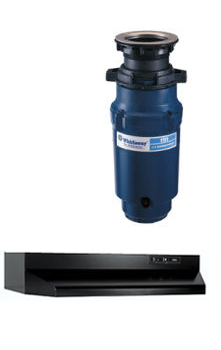
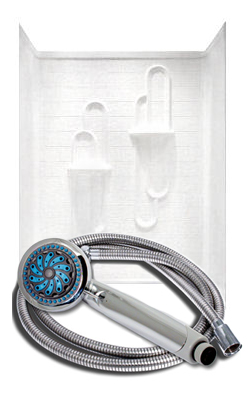
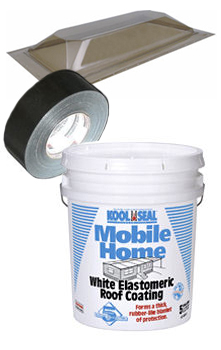
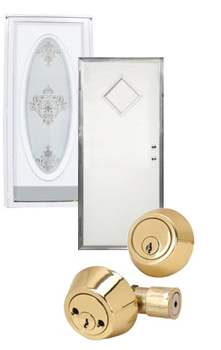
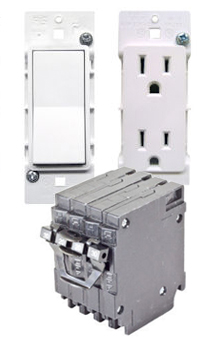
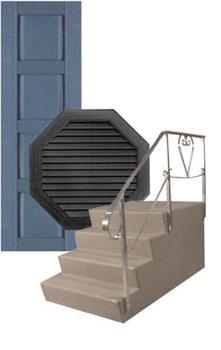
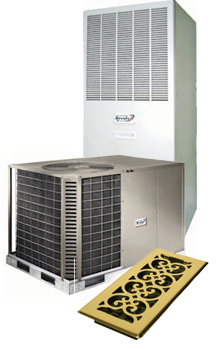
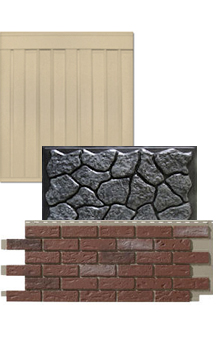
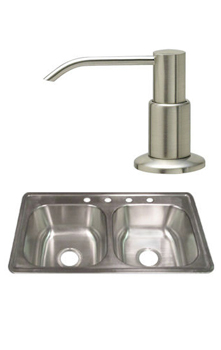
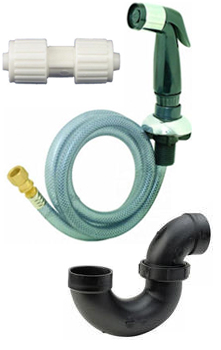
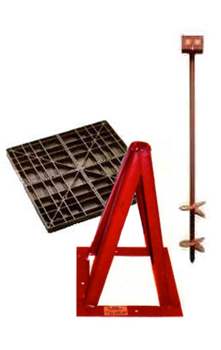
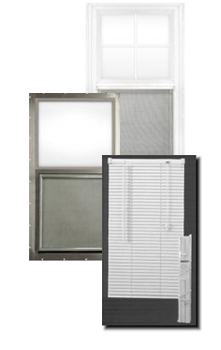
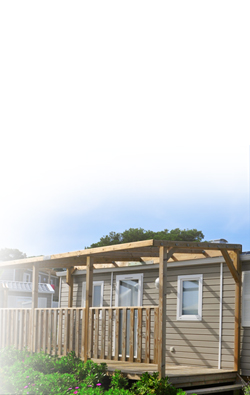
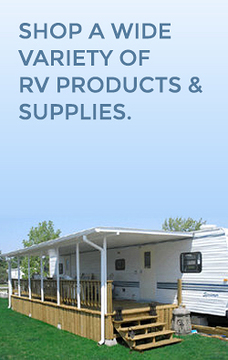


.jpg)
.jpg)

